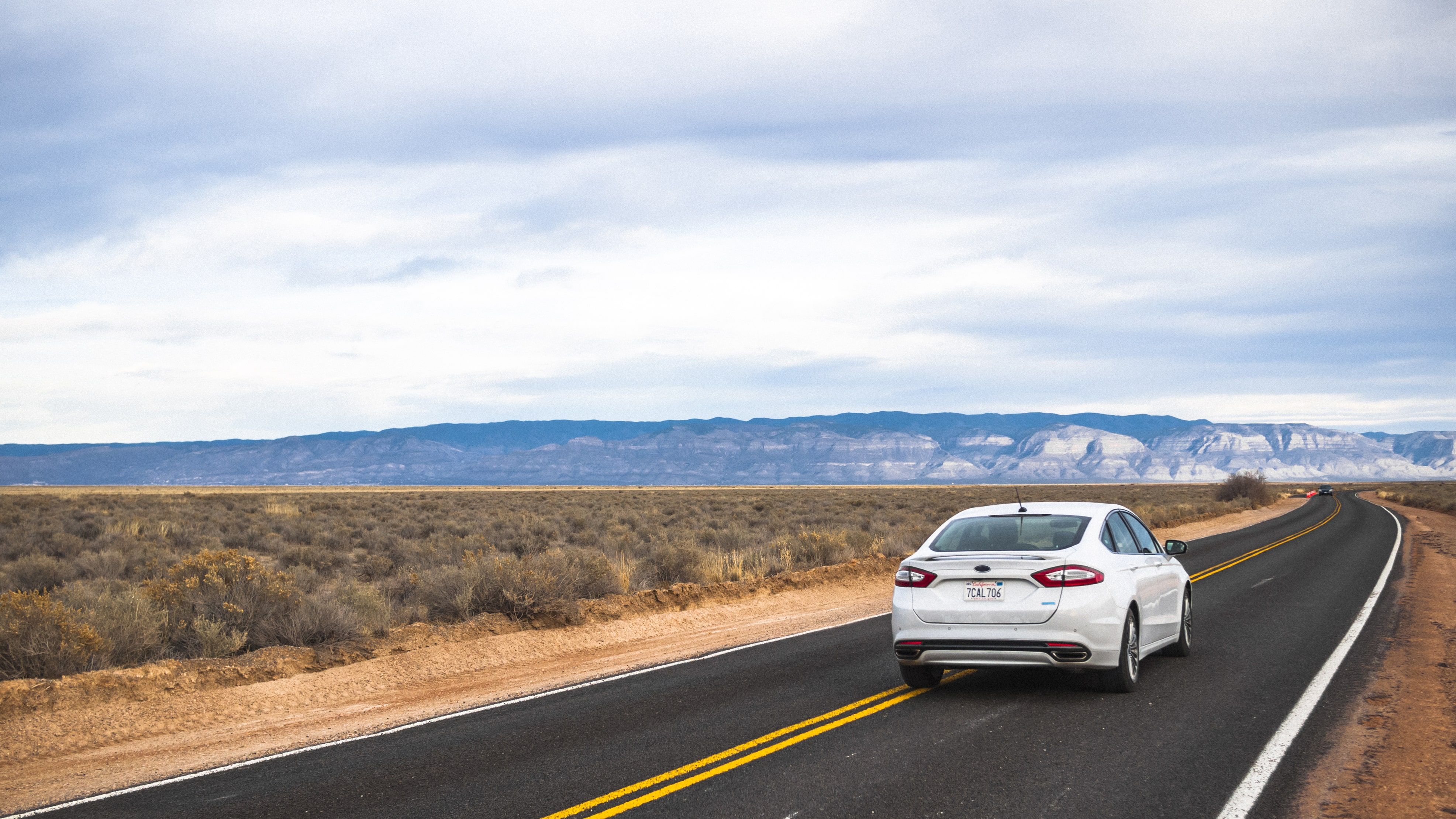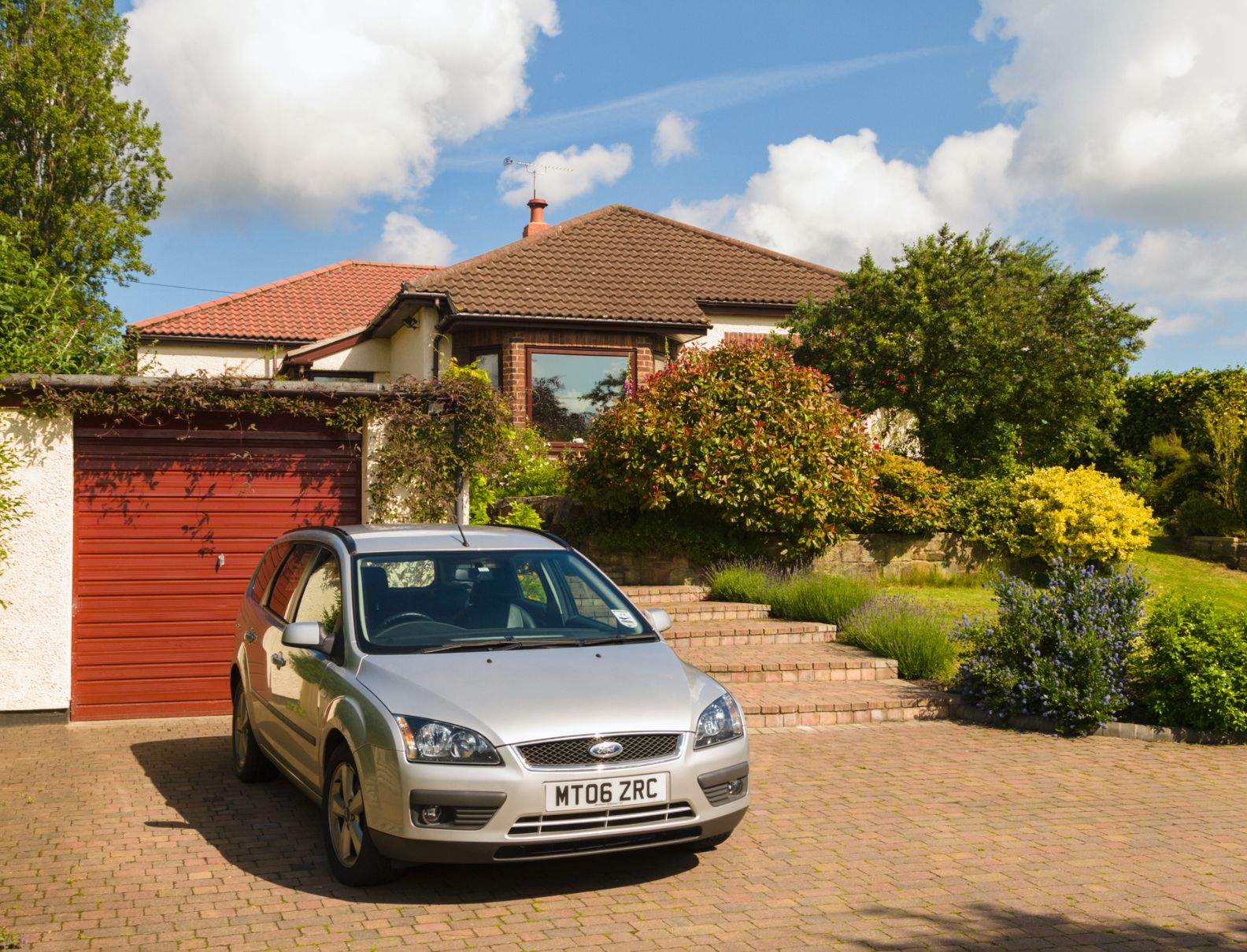Secure Your Car With The Super Car Insurance Plan!
Believe it or Not! Save upto* 75% on TATA AIG Car Insurance
Secure Your Car With The Super Car Insurance Plan!
Believe it or Not! Save upto* 75% on TATA AIG Car Insurance
What is Dead Pedal and Why It is Necessary for Today's Cars?
- Author :
- TATA AIG Team
- ●
- Last Updated On :
- 01/03/2025
Several components make a car. Some elements are for safety, some for convenience, some for driving feel, and others for aesthetics. Additionally, knowing about the essential parts of a car helps the driver improve their driving skills and detect problems in their vehicle early on.
With that in mind, let’s unravel the mystery of a car element designed for the driver's convenience: the dead pedal. Let’s understand what the dead pedal means.
What is a Dead Pedal?
The dead pedal footrest is a flat, non-moving surface placed on the left of the clutch or brake pedal.
The primary use of the dead pedal in a car is to provide a comfortable and stable place for the driver to rest their left foot during long drives. This is particularly helpful for drivers who spend a lot of time on the road, such as truck drivers or commuters, as it helps to reduce fatigue and make driving more comfortable.
In addition to providing a comfortable resting place for the driver's foot, the driver-side dead pedal also serves a functional purpose. It provides a fixed point for the driver's foot to brace against, improving their control over the vehicle. To illustrate with an example, if the car is expected to stop or make quick turns suddenly, the driver can use the dead foot pedal to anchor their foot in place, enhancing stability and control over the car.
The dead pedal in a car is often an overlooked feature, but it can be an important one, especially for drivers who spend a lot of time on the road. It's a small but significant design element that can help make driving safer and more comfortable. But for wholesome protection on roads, investing in a comprehensive car insurance policy is important.
Now that we understand what the dead pedal means, let’s analyse its importance in modern vehicles.
Importance of Dead Pedal Footrest in Modern Vehicles
The driver-side dead pedal is a necessary feature in modern cars for several reasons
Comfort The dead pedal in a car provides a comfortable and stable place for the driver's left foot to rest during long drives. This helps to reduce fatigue – particularly on long drives – and improves driving comfort. This feature is also highly beneficial for drivers who spend a lot of time on the road, as driving for long periods can be exhausting and uncomfortable without a place to rest their feet.
Control The dead foot pedal also imparts better vehicle control for the driver during quick turns and abrupt halts. This can help to reduce the risk of accidents and improve overall driving safety. However, with the rise in accidents because of negligent driving on roads, it is imperative to invest in comprehensive insurance for four-wheeler for well-rounded protection.
Safety The dead pedal can also help to prevent injuries. Here is how** in a collision, the driver's left foot may become dislodged from the footwell and swing freely, which can lead to a potential injury. The dead pedal, however, secures the driver's left foot in place, lowering the risk of an injury.
Convenience As the dead pedal footrest provides a convenient place for the foot to relax, drivers no longer need to rely on the clutch for foot support – that has long been the cause of the faster wearing of the clutch. This lowered stress on the clutch pedal prevents slippage and helps save a substantial amount that would have been spent on repairing the worn-out pedal.
Now that we understand what a dead pedal is and how it benefits the driver, let’s look at the different kinds of dead pedals in cars.
Types of Dead Pedals in Cars
Although the basic function of a dead foot pedal is the same in all cars, a few different types of dead pedals are installed in modern vehicles. Here are some of the most common types
Basic Dead Pedal This is the most common type of dead pedal; a flat surface located to the left of the clutch or brake pedal. It is usually made of the same material as the floor mats or pedals and provides a stable and comfortable place for the driver's left foot to rest.
Angled Dead Pedal An angled dead pedal is angled slightly upward towards the driver's foot to provide additional comfort and support for the foot, particularly during long drives.
Adjustable Dead Pedal An adjustable dead pedal can be moved forward or backwards to provide a more customised fit for the driver. This can be particularly useful for drivers with longer or shorter legs who may find the standard dead pedal uncomfortable or difficult to use.
Lighted Dead Pedal Some high-end vehicles feature a lighted dead pedal, which includes an LED light that illuminates the area around the dead pedal. This can be useful for drivers who need to find the dead pedal in low-light conditions or for aesthetic purposes.
Textured Dead Pedal A textured dead pedal features a rough or grippy surface, which can provide additional traction for the driver's foot. This can be particularly useful during wet or slippery conditions, where the driver's foot may otherwise slip off the dead pedal.
The type of dead pedal used in a vehicle will depend on the manufacturer and the specific model of the car. However, regardless of the type, the dead pedal remains an important feature that helps to improve driving comfort, control, and safety.
Importance of a Car Insurance Policy for Frequent Travellers
While several safety features are installed in modern cars, every vehicle owner must secure themselves with comprehensive insurance for a four-wheeler. This is especially important for individuals who have to travel frequently. Considering the many elements involved in making a car, it becomes essential to secure it with comprehensive four-wheeler insurance to safeguard it financially.
This is because comprehensive four-wheeler insurance acts as a financial safety net that protects against any third-party liability but also against any financial damage to the insured car. Additionally, frequent travellers can further enhance their protection by adding the following covers to their basic car insurance policy
Roadside Assistance With roadside assistance coverage to your primary insurance for a four-wheeler, you can get breakdown assistance to your insured car, and if the car breaks down in a remote location with no aid nearby
Emergency Transport and Hotel expenses With this cover to your comprehensive four-wheeler insurance, your overnight accommodation expenses in a hotel and the travel charges are compensated in the unfortunate event of you meeting with an accident
Engine Secure You can secure the most crucial part of your vehicle, the engine, with this optional cover.
The comprehensive car insurance policy by Tata AIG comes with a choice of optional add-ons to further enhance the protection for drivers and their cars. To analyse the premium payable on your insurance plan, you can use the free car insurance calculator.
Conclusion
Considering all the points mentioned above, it is easy to understand that the use of a dead pedal in a car goes a step beyond comfort to also afford safety and control for the driver. This makes it a small but important design feature that should be included in modern cars.
Disclaimer / TnC
Your policy is subjected to terms and conditions & inclusions and exclusions mentioned in your policy wording. Please go through the documents carefully.



